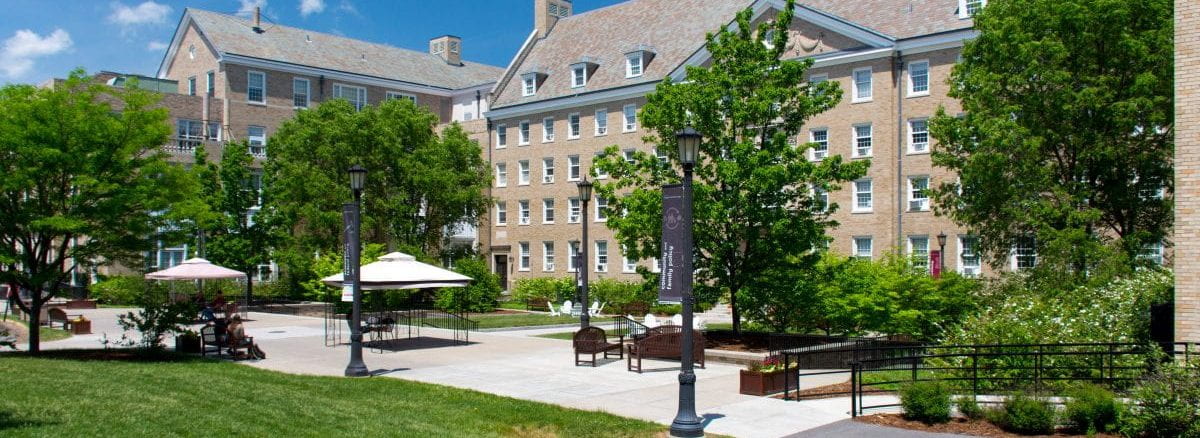The Community Improvement Through Youth (CITY) Project recently helped pilot test Planting One Seed at a Time and Alleviating Climate Change through Youth Community Action, a new approach developed by Cornell's Garden-based Learning Program to combat the impact of climate change through various types of sustainable gardening projects, activities, and practices.
The goal of the project was to pilot a set of youth-determined activities through which youth and adults would begin to understand the impact of climate change and explore how they could make a difference in their communities through sustainable gardening practices and other environmental efforts. All activities took place in conjunction with normally scheduled CITY Project’s afterschool and summer programming, May through September 2008. The project began in the spring with a meeting between six of the CITY Project Teen Leaders; CITY Project staff; Ann Supa, 4-H Educator, Cornell Cooperative Extension, Broome County; Christine Hadekel, Dept. of Horticulture; and two Cornell student interns from the Dept. of Horticulture and the Dept. of Fiber Science and Apparel Design.
In October, June Mead, CITY Project Director, Dept. of Human Development, Vicki Giarratano, CCE-Broome County, Asia Ambler, CITY Teen Leader, Broome County, and Christine Hadekel presented a workshop at the 2008 NYSACCE4-HE Conference: "Trans-4-mations" in Rochester. They presented highlights from several of the climate change projects completed during the pilot test by the CITY Teen Leaders in Broome County and made suggestions on how other 4-H and Youth Community Action groups can use this new approach in their communities.
Example Activity: Calculating Our Carbon Footprint
Through the Eco-Meal activity, the CITY Teen Leaders got a firsthand lesson on the impact on climate change of preparing and serving just one meal. As Vicki Giarratano, CCE Broome educator explained, “We put our new knowledge about carbon footprinting to the test, setting out to prepare an eco-friendly meal. First we went shopping with a $50
budget to prepare lunch for 20 guests. Tacos, tuna pocket sandwiches, and yogurt fruit crunch were all on the menu. We couldn’t believe how much garbage we created! Too much—and looking at the waste, we were able to think of ways to reduce, reuse and recycle. Using the lesson plan developed by Jamila Simon, CITY Project Coordinator, Cornell University Cooperative Extension New York City, we assigned points for garbage based on weather we could reuse the garbage and how long it would take to decompose. Now we were thinking green, using reusable bags, buying fresh at the Farmers’ Market (where the food travels much shorter distances) and using glass vs. plastic, buying in larger containers instead of little to go’s, and asking ourselves, “Why all the packaging for everything?”
Human Development Today e-News


